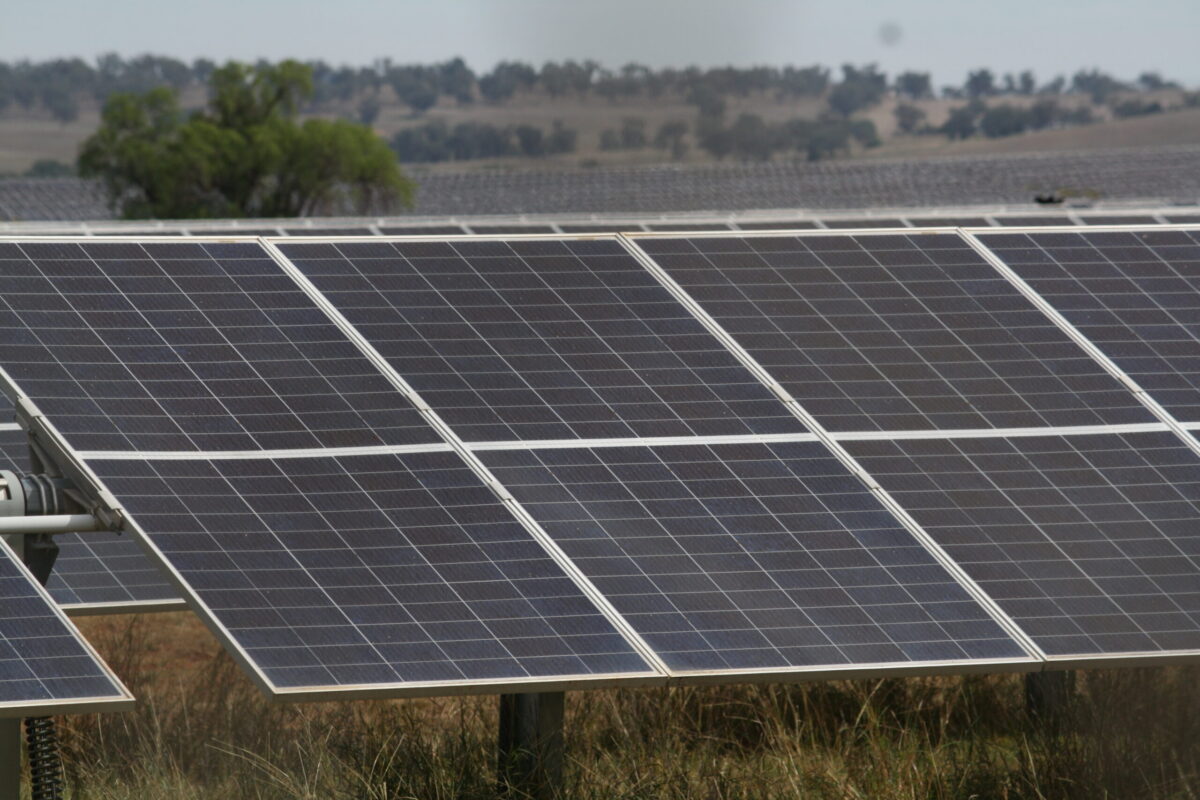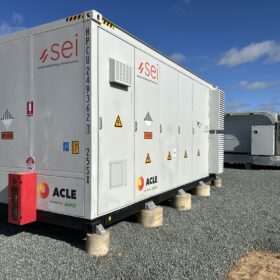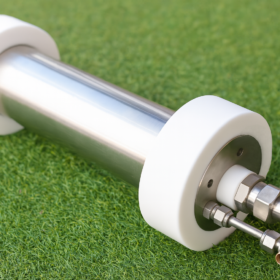From ESS News
While residential battery energy storage market has been growing in leaps and bounds in recent years, the development of standardised methods for quantifying capacity fade during field operation has been lagging behind.
With countries such as Germany seeing more than 70% of solar-plus-battery storage attachment rate in 2023, according to BloombergNEF data, the newly adopted EU Battery Regulation is calling for the development of reliable and transparent battery storage state of health (SOH) estimations for the purposes of “evaluating the residual value of the battery, facilitating the preparation for re-use, preparation for repurposing, repurposing or remanufacturing of the battery or for making the battery available to independent aggregators,” such as virtual power plants.
Aiming to address the shortage of public datasets in this field, researchers from the RWTH Aachen University in Germany have developed a scalable capacity estimation method, which was validated through regular field capacity tests.
The researchers conducted high-resolution field measurements for 21 privately operated lithium-ion systems in Germany over eight years. Their 146-gigabyte dataset covered three important lithium-ion battery technologies: lithium iron phosphate (LFP), nickel manganese cobalt (NMC) and a blend of lithium manganese oxide (LMO) and NMC.
To continue reading, please visit our ESS News website.
This content is protected by copyright and may not be reused. If you want to cooperate with us and would like to reuse some of our content, please contact: editors@pv-magazine.com.









By submitting this form you agree to pv magazine using your data for the purposes of publishing your comment.
Your personal data will only be disclosed or otherwise transmitted to third parties for the purposes of spam filtering or if this is necessary for technical maintenance of the website. Any other transfer to third parties will not take place unless this is justified on the basis of applicable data protection regulations or if pv magazine is legally obliged to do so.
You may revoke this consent at any time with effect for the future, in which case your personal data will be deleted immediately. Otherwise, your data will be deleted if pv magazine has processed your request or the purpose of data storage is fulfilled.
Further information on data privacy can be found in our Data Protection Policy.